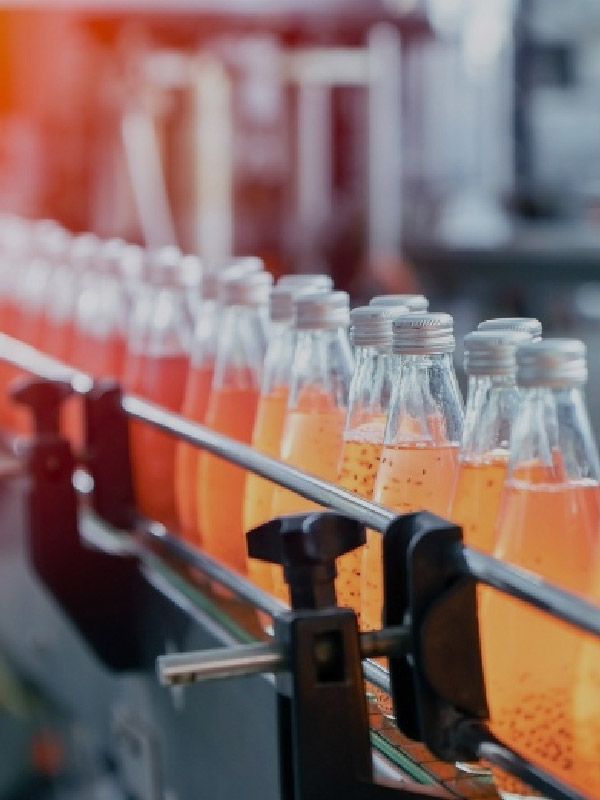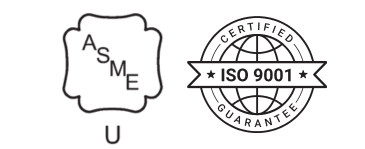Sterilization In Place (SIP)
In the fast-paced world of pharmaceuticals, food, and beverage production, maintaining sterility is paramount. Here at Pharmatech Process, we understand the critical role Steam in Place (SIP) systems play in achieving this goal. SIP, a widely adopted sterilization method across various industries, utilizes thermal energy from steam to eliminate microorganisms within processing equipment.
Our expertise extends beyond SIP systems – we offer comprehensive Cleaning-in-Place (CIP) solutions as well. Together, CIP and SIP form a powerful duo, ensuring a completely automated cleaning and disinfection process, eliminating the need for time-consuming disassembly and reassembly. This translates to efficient production cycles and minimizes risk of contamination between batches.






